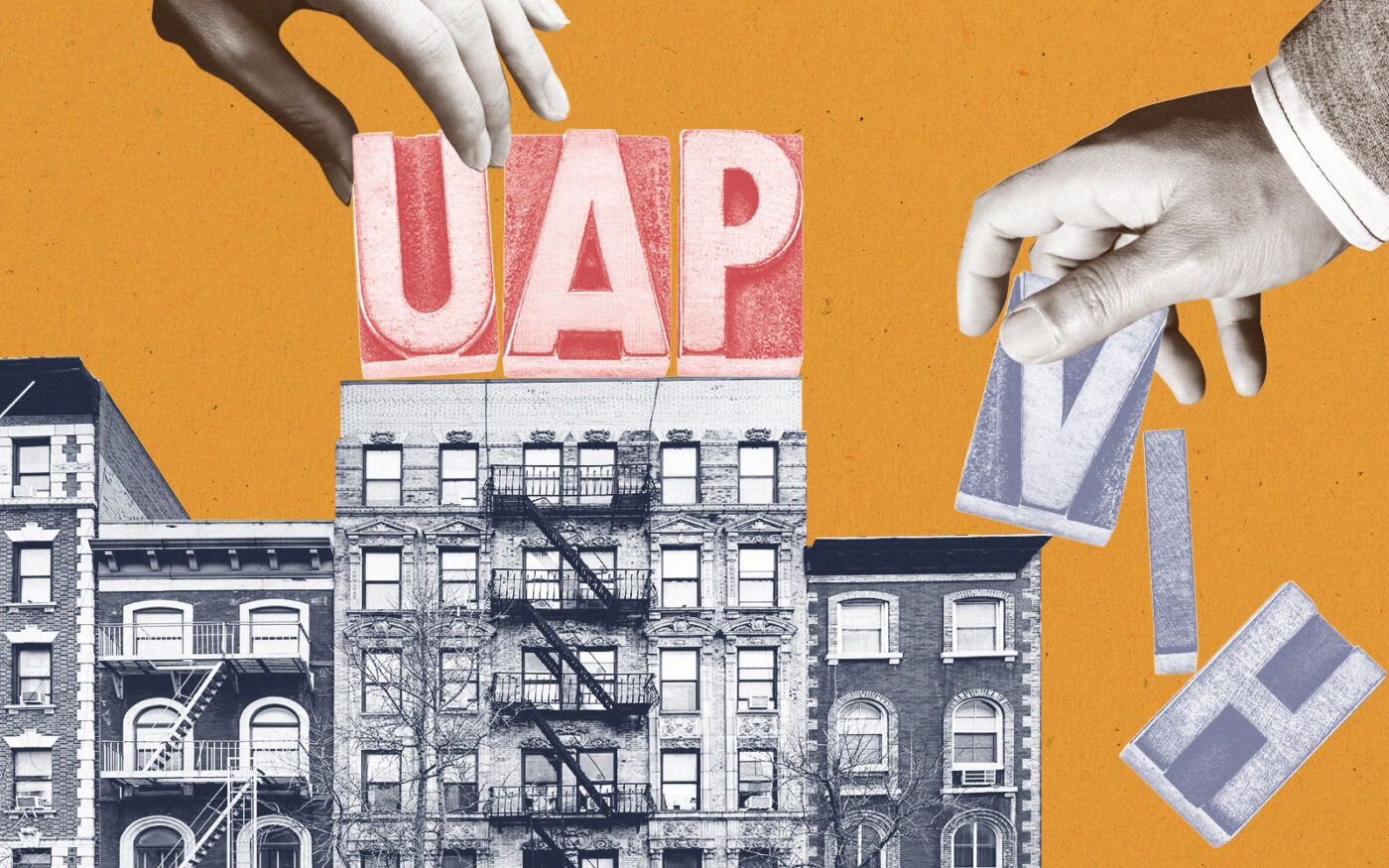Where the City of Yes for Housing Opportunity gives, it also takes away — at least in the case of a density bonus program.
Universal Affordability Preference would provide developers with a 20 percent density bump if the additional floor area is dedicated to permanently affordable housing. The proposal is one of many contained in the Adams’ administration’s City of Yes for Housing Opportunity Text Amendment.
Some developers are concerned that the program replaces the city’s Voluntary Inclusionary Housing Program, or VIH, which already permitted projects in high density districts to add residential floor area but also allowed the affordable units to be built off site. UAP also requires the affordable units to be set aside for tenants earning an average of 60 percent of the area median income, down from the 80 percent AMI required under VIH.
Projects in R10 districts can be built out to have a floor area ratio of 10, but with VIH, they can be built to 12. These districts are primarily located in Manhattan, where the incentive for adding floor area for affordable housing may not outweigh the high costs of land and construction, especially if developers are seeking to receive the property tax break 485x, which includes a new set of construction wage requirements for larger projects in parts of Manhattan, Queens and Brooklyn.
In other words, developers may opt to build entirely market-rate projects, with a floor area ratio of 10, and not bother including affordable apartments.
During a 14-plus hour City Planning Commission hearing on Wednesday, the Real Estate Board of New York flagged this as a “significant risk”, pushing the city to keep VIH in place.
Alternatively, the group has proposed allowing developers to sell the development rights generated from VIH for a minimum of 15 years, at the current bonus ratios. Under VIH, developers get a bonus of up to 3.5 square feet for every one square foot of affordable housing.
UAP changes this ratio to one square foot bonus for every square foot of affordable.
The text amendment allows off-site affordable construction for projects for the next 10 years.
REBNY indicated that its members support the text amendment’s goals, but urged that the city carefully phase in its changes.
“The proposal has the potential to disrupt the existing housing pipeline in ways that will undermine its overall goal,” REBNY wrote in submitted testimony, asking for provisions to protest against disruptions “to ensure this proposal produces more, rather than less, housing.”
Manhattan Borough President Mark Levine similarly recommended sunsetting the off-site option, citing the “legal and operational complexities” of combining condo units with affordable housing. He suggested getting rid of the off-site option only after testing the feasibility of such projects taking advantage of UAP.
The Citizens Housing Planning Council also suggested that City Planning add an off-site option for UAP to encourage housing construction in expensive neighborhoods.
The text amendment’s aim is to build “a little more housing in every neighborhood.” The proposal seeks to do that by including eliminating parking mandates in new residential projects, legalizing accessory dwelling units, allowing more office-to-residential conversions, creating more options for transferring development rights from landmarks, and permitting two to four stories of housing above businesses on commercial streets in low-density areas, as well as more housing near transit.
The proposal would also create a new affordability option for the Mandatory Inclusionary Housing program and would allow shared apartments with shared kitchens and other facilities.
The text amendment would create two new residential districts that would permit construction of residential buildings 15 or 18 times larger than their lot size (an FAR of 15 or 18). These changes would not be automatic — project sites or neighborhoods would still need to be rezoned and go through the land use review process.
Testimony during the first few hours of Wednesday’s hearing alternatively praised the text amendment for tackling the city’s housing crisis, many citing that the city’s vacancy rate plunged to 1.4 percent last year, and criticized the lack of affordable housing mandates in many of the text amendment’s proposals.
Much of the community opposition around the proposal, pronounced in more suburban areas of the outer boroughs, has surrounded parking, legalizing ADUs, and the idea of freeing some actions from the city’s lengthy land use review process.
The proposal has support from the borough presidents of Brooklyn, Bronx and Manhattan. Staten Island’s Vito Fossella has formally opposed it, while Queens Borough President Donvan Richards has signaled opposition to the legalization of accessory dwelling units (ADUs). So far, 35 community boards have disapproved the text amendment, while 15 have approved. These votes are not binding, however, and final approval awaits a City Council vote this fall.
During Wednesday’s hearing, Bronx Borough President Vanessa Gibson said she supports the legalization of ADUs, but believes the city must add Department of Buildings inspectors to handle the new housing type.
Landlord group Community Housing Improvement Program expressed support for the proposal, but said it must be accompanied by state action that would make it easier to relocate rent stabilized tenants while rebuilding or expanding affordable housing.
During Wednesday’s hearing, Friends of the Upper East Side Executive Director Nuha Ansari expressed concern about allowing City Planning to sign off on the transfer of development rights from landmarked properties, rather than requiring a special permit for such transfers. Ansari said such a change “undermines transparency,” given that the transfers would no longer need to go through the city’s land use review process.
Queens Council member Joann Ariola spoke about the need to preserve quality of life for New Yorkers who do not want to live among “skyscrapers and rental apartments.”
Ariola’s district ranked 44th in terms of affordable housing units constructed between 2014 and 2023, according to a recent report. During that time, 129 such apartments were constructed in the district. Chair Dan Garodnick cited the report after Ariola’s testimony. The council member objected to the idea that the report did not consider affordable co-ops.
“We’re not opposed to creating more housing,” Ariola said. “We just want it to be done in a smarter and more sustainable manner.”
Read more



